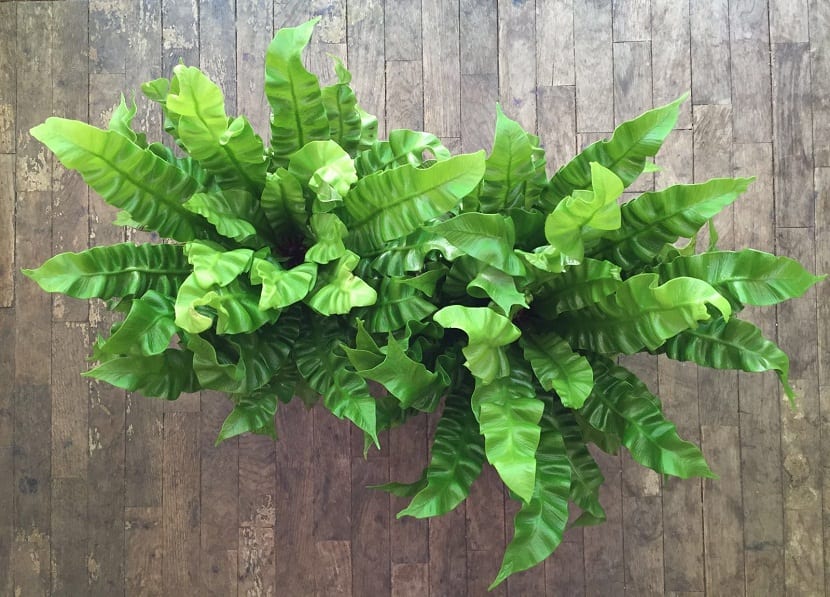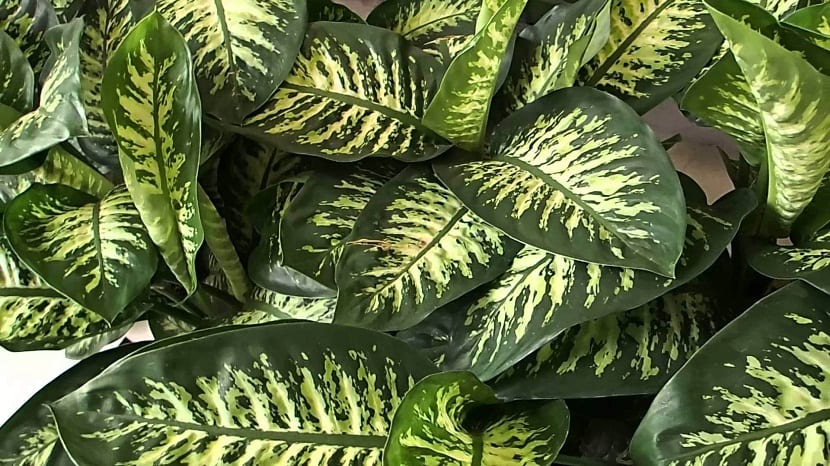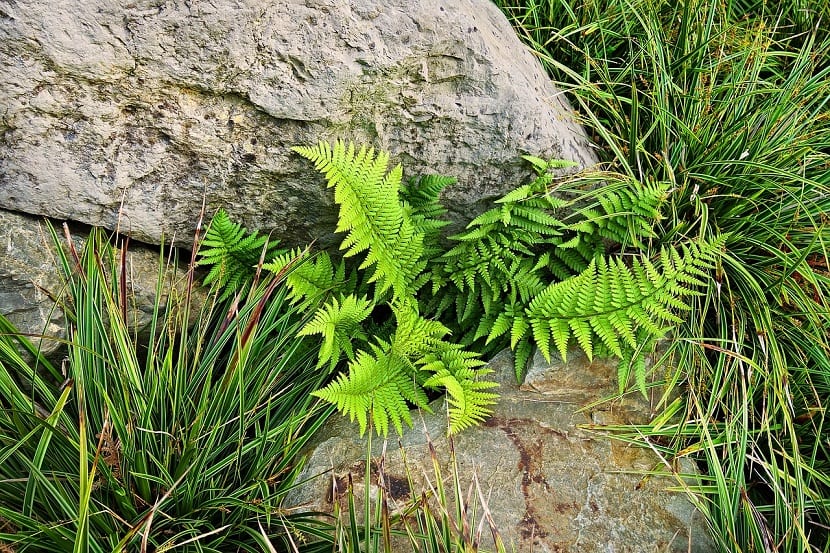
It is true that plants need considerable amounts of light for their proper development, but there are plants that can develop in areas where light usually does not reach so easily, these plants are suitable for taking care of them inside the home or closed places, they are plants that are known as shade or semi-shade plants.
These types of plants usually they are large leaves in order to capture as much light as possible and have small flowers. The best known are the ferns, hydrangeas and diefembaquias. These plants are widely used to decorate the interior of the houses, they are also used in the decoration of terraces, balconies, even these plants require special care that we must take into account for their development.
The most popular shade plants

Most of these plants are grown in gardens and / or any outdoor space, but they can also be grown inside the home to be part of the decorationMany of these plants can be recognized by their characteristics, such as their small flowers and large green leaves, which are of vital importance for these plants.
Diephembaquia
La Dieffembchia maculata is a plant that has its origin in Mexico, Central America, the Antilles, northern South America, even have also been found in Brazil.
This plant as well as most of the shade plants, are ideal to be inside the home, since they do not tolerate direct sunlight or excessive humidity, its height can be up to 3 meters of erect and fleshy stem, the peculiarity of its leaves are striking, they are wide, large and with an intense green color and whitish spots that generate a certain beauty on the leaves.
Diefembaquia care
Despite being a shade plant, it is necessary for sunlight to reach it, but not directly, you cannot place this plant near a window or places that the light is intense and it also depends on the type of Diefembaquia it is.
It must be at a temperature that does not drop below 10 ° C, does not support low temperatures or strong air currents, must be in a sheltered area, since if the temperature is not correct, the leaves begin to fall.
The humidity of this plant must be controlled, so it is recommended that water be sprinkled on its leaves, the amount varies from the area where the plant is located. Its compost is preferable to be with vegetable fertilizer, a loose compost and with good drainage to avoid the rotting of the plant.
Watering should be more frequent in summer, to avoid dehydration of the leaves, so it is recommended not to let the soil dry out, but do not cause flooding.
Pests and diseases that attack this plant
Red spider
This plague is located on the underside of the leaf causing their color to change to yellowish, if the amount of insect is large, the bracts end up drying out and falling off. These insects appear due to the dryness of the environment, which indicates spraying the leaves and if it is already infested, use acaricides.
Cochineal
It is a parasite that sucks the sap and then discards it on the leaves, which causes the appearance of a fungus and which gives way to the appearance of spots on the bracts.
If the plant is already formed and is larger, it is advisable to use chemical substances for their careIf it is a small plant and it is inside the house, we can use a cotton swab moistened with alcohol.
The ferns

This plant is well known, its origin depends on the type of fernsSome are from tropical areas, equatorial regions, others from the Mediterranean climate.
This is a plant that is considered to have been on the planet for millions of years, there are many species of ferns that exist and they have been able to adapt by developing in shady areas.
It is widely used in interior decoration, due to the characteristic distribution of their bractsIt has elegant leaves, they are narrow and elongated and it is very common to see them in pots.
Tips for proper fern growth
In spite of be able to thrive in semi-shady areas It is necessary that they receive sunlight, but not directly and because it comes from tropical areas, the appropriate temperature is 20 ° c.
Irrigation must be constant, it is recommended water this plant daily, always taking care of the amount of water used.
Pests or diseases that attack ferns
The most common pest on this plant is cochineal, which sucks the sap and discharges it into the plant, which causes discoloration and deformation of the leaves.
Also exist different bacteria that cause necrosis on the youngest leaves and roots of the plant.